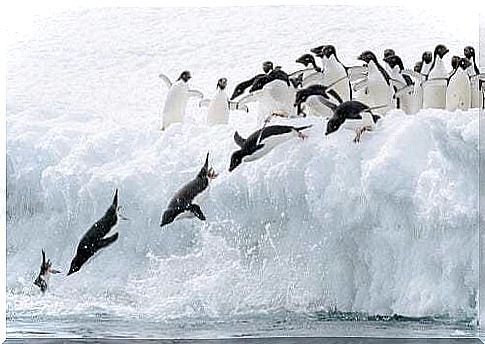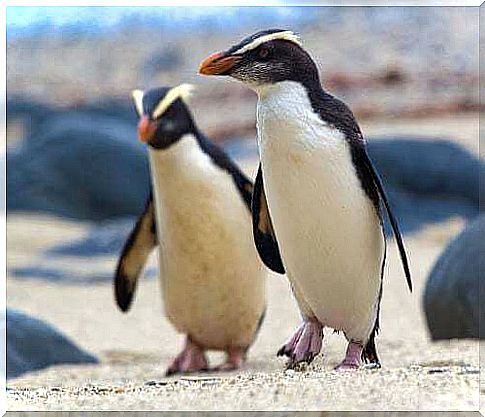Fiordland Penguin Marathon

Fiordland or tawaki penguins are one of the rarest species that exist in the world. These crested birds live in New Zealand and have been little studied by science, so the latest findings on them are truly incredible.
Tawaki penguins migrate at a strange time when there is food to spare in the region they live in, in the southwest corner of the South Island of New Zealand. Researchers suspect this may be due to relationships with penguins near the Arctic, where these migrations are more normal.
In fact, if these animals were to reproduce further north, it would not be possible for them to make this spectacular migration. The University of Otago set out to study this surprising phenomenon through the use of transmitters. The study was carried out by placing 10 of these devices on adult male and female penguins to show us their path.

The Fiordland Penguin Marathon
The data discovered by the team of researchers at the University of Otago was incredible: the Fiordland penguins traveled between 3,500 and 6,800 kilometers away. The migration lasted 69 days and is one of the longest among the penguins: think that they traveled up to 80 kilometers a day.
During this incredible journey, the Fiordland penguins moved to southern Tasmania, defying any limits to their swimming and stamina. Some males took longer to make the return journey, possibly due to their slower young.
Characteristics of Fiordland penguins
This crested penguin species has a very distinctive appearance. We are talking about a medium-sized species, characterized by a yellow crest, which however has a body similar to that of any other penguin. These animals normally do not exceed six kilograms.

The diet of these birds is mainly based on cephalopods, so the consumption of squid is the most common among the penguins of this species. However, Fiordland penguins also feed on crustaceans such as krill and rarely consume fish. Oddly enough, only 2% of his diet is based on fish.
An endangered species
These animals are not considered endangered, although they are believed to be a vulnerable species, a category close to endangered species and requiring immediate protection. In the 1990s, there were 2,500 pairs of penguins, and although we don’t have an updated census, it is suspected that the population continues to decline.
It is believed that in the past there were colonies of thousands of specimens, able to reproduce. However, it is possible that hunting during the Polynesian era caused large populations of this species to disappear. In fact, penguin hunting was largely justified by native cultures.
As with other penguin species, fishing, climate change and pollution are some of the biggest threats to this rare species. Researchers warn to protect this species, before their incredible journeys turn into the last ones.








